Mindfulness techniques have been practiced for thousands of years, particularly in Buddhist traditions. Today, however, they have been embraced worldwide as an effective method for managing stress, improving mental health, and enhancing overall well-being. In this blog, we will explore the healing power of mindfulness techniques, their underlying mechanisms, and how you can effectively incorporate them into your daily life.
What Is Mindfulness?
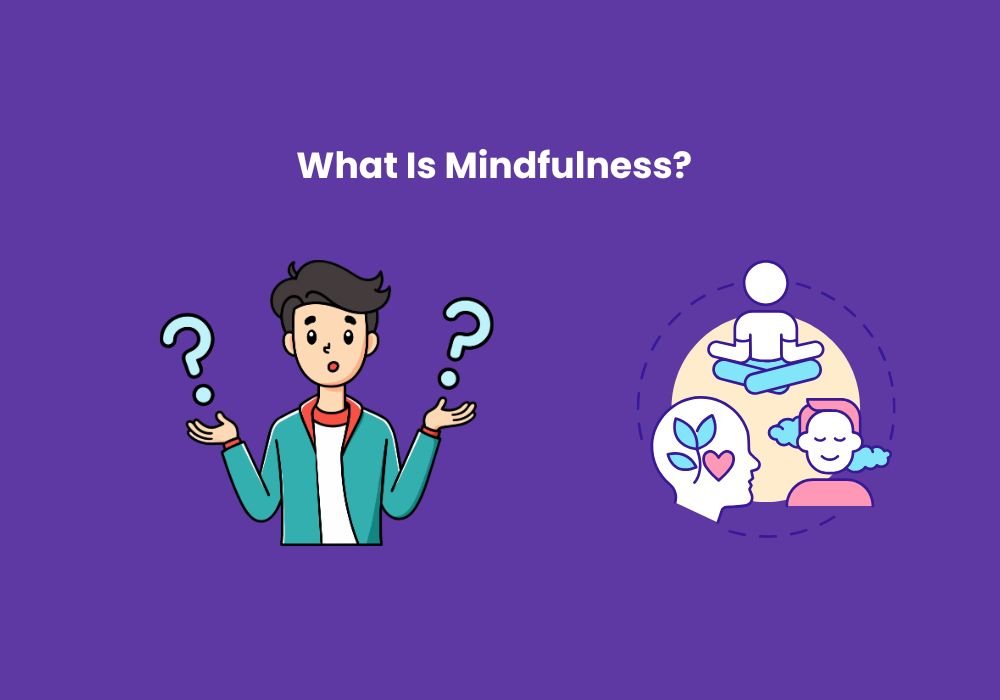
Mindfulness is the practice of being present in the moment without judgment. It involves paying attention to your thoughts, feelings, and surroundings with a sense of curiosity and acceptance. This ancient practice has its roots in meditation, but it has been adapted into modern therapeutic approaches to enhance mental health and emotional well-being.
By focusing on the present moment, mindfulness helps you break free from the cycle of negative thinking, reduce anxiety, and foster emotional healing. It’s not just a trend, it’s a scientifically proven method to enhance your quality of life.
The Science Behind Mindfulness
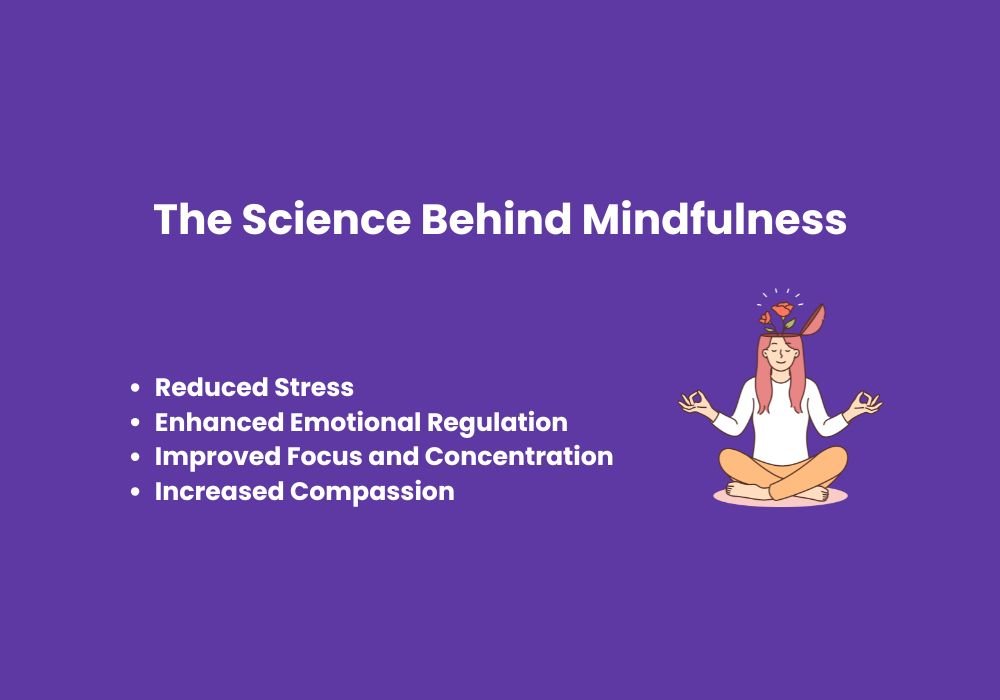
Recent studies have shown that mindfulness has a powerful impact on both the brain and the body. By engaging in regular mindfulness practices, individuals can reduce stress, lower blood pressure, and enhance cognitive function. Here’s how:
- Reduced Stress: Mindfulness has been shown to decrease cortisol production, the hormone responsible for stress. This can lead to an overall feeling of relaxation and well-being.
- Enhanced Emotional Regulation: Mindfulness helps individuals better understand and manage their emotions. This can lead to improved relationships and greater emotional resilience.
- Improved Focus and Concentration: Regular mindfulness practice can enhance cognitive function, making it easier to focus and concentrate on tasks.
- Increased Compassion: Mindfulness practices, such as loving-kindness meditation, can foster greater empathy and compassion for oneself and others.
How Mindfulness Techniques Can Heal
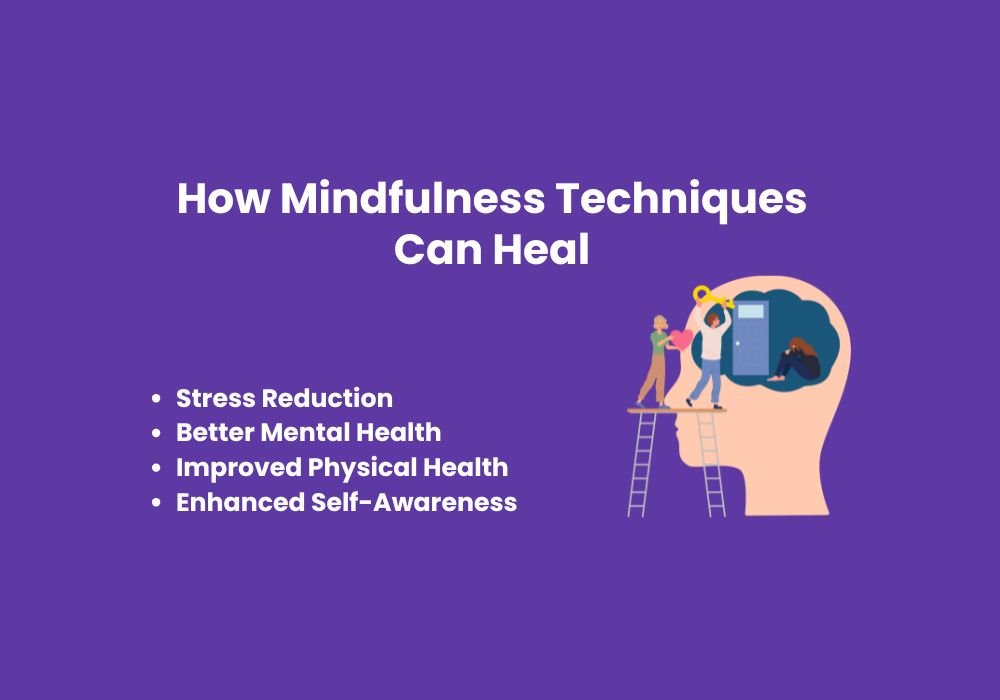
The healing power of mindfulness lies in its ability to reduce mental and physical tension, promote relaxation, and encourage self-awareness. By practicing mindfulness regularly, you can experience a wide range of benefits, including:
1. Stress Reduction
One of the most well-known benefits of mindfulness is its ability to reduce stress. When we are stressed, our bodies enter a state of “fight or flight,” releasing hormones such as adrenaline and cortisol. This heightened state of alertness can be beneficial in certain situations, but it can become detrimental when prolonged. Mindfulness enables us to break free from this cycle by practicing deep breathing, body scans, and other relaxation techniques. These practices help lower the heart rate and calm the nervous system, enabling us to manage stress more effectively.
2. Better Mental Health
Mindfulness is an effective tool for managing mental health conditions like anxiety, depression, and PTSD. By fostering a non-judgmental awareness of thoughts and feelings, mindfulness helps individuals detach from negative thought patterns and cultivate a sense of self-compassion. This can significantly reduce symptoms of anxiety and depression, offering a sense of peace and emotional balance.
3. Improved Physical Health
In addition to its mental health benefits, mindfulness can also contribute to improvements in physical health. Studies have shown that mindfulness techniques can lower blood pressure, alleviate chronic pain, and enhance sleep quality. By reducing stress and promoting relaxation, mindfulness can have a direct impact on physical health, making it an invaluable tool for overall wellness.
4. Enhanced Self-Awareness
Mindfulness practices encourage self-reflection, helping individuals become more aware of their thoughts, emotions, and behaviors. This increased self-awareness allows people to make more intentional decisions, break free from unhealthy habits, and create positive changes in their lives. By cultivating mindfulness, individuals can gain a deeper understanding of themselves and their needs, ultimately leading to personal growth and healing.
Practical Mindfulness Techniques to Try
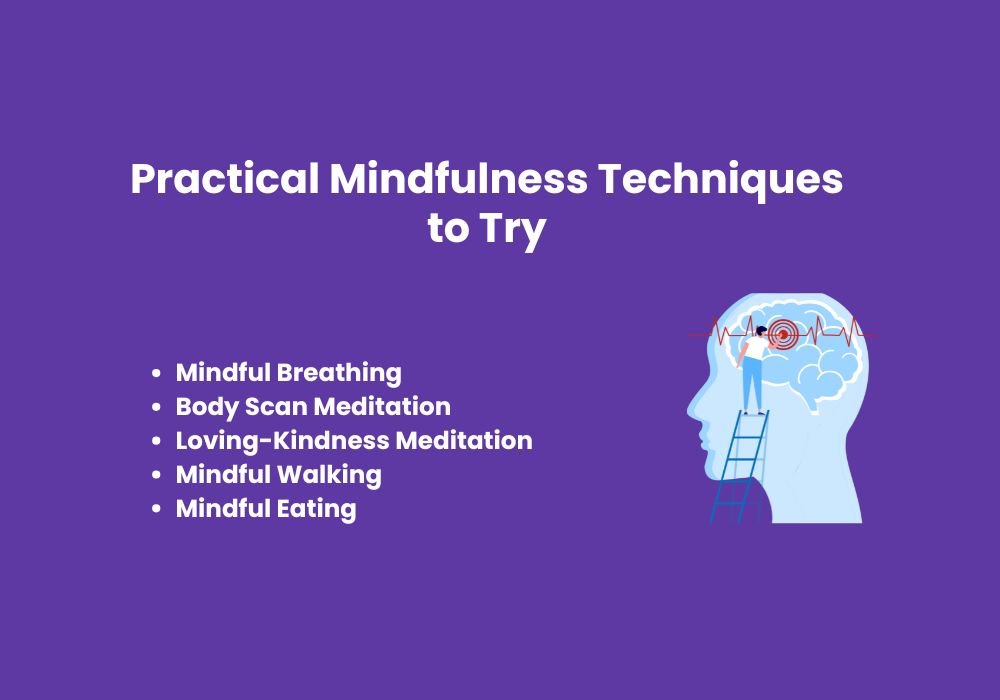
If you’re new to mindfulness, it can feel overwhelming at first. However, even just a few minutes of practice each day can make a big difference. Below are some simple mindfulness techniques you can start incorporating into your daily routine:
1. Mindful Breathing
One of the easiest ways to begin practicing mindfulness is by focusing on your breath. Sit in a comfortable position, close your eyes, and take deep, slow breaths. Pay attention to the sensation of the air entering and leaving your body. If your mind begins to wander, gently bring your focus back to your breath. This practice can be done anywhere and at any time you need to center yourself.
2. Body Scan Meditation
The body scan is a mindfulness technique where you systematically focus on different parts of your body, noticing any sensations, tension, or discomfort. Start at your toes and slowly work your way up to your head, paying attention to each area as you go. This practice helps increase body awareness and can promote relaxation by releasing physical tension.
3. Loving-Kindness Meditation
Loving-kindness meditation (also known as “Metta” meditation) involves silently repeating phrases of well-wishing for yourself and others. The practice typically begins with sending love and compassion to yourself, then expands to include loved ones, acquaintances, and even those with whom you may have conflicts. This technique fosters compassion and helps build positive feelings towards others.
4. Mindful Walking
Walking meditation is another effective way to practice mindfulness. Find a quiet space, either indoors or outdoors, and walk slowly and deliberately. Pay attention to the sensation of your feet touching the ground and the rhythm of your breath as you move. This practice can be especially grounding, helping you feel more connected to the present moment.
5. Mindful Eating
Mindful eating is the practice of paying full attention to the experience of eating. Rather than rushing through meals or eating mindlessly, try to savor each bite. Please pay attention to the taste, texture, and aroma of your food, and note how they affect your overall well-being. This can help foster a healthier relationship with food and increase your enjoyment of meals.
Tips for Integrating Mindfulness Into Your Daily Life
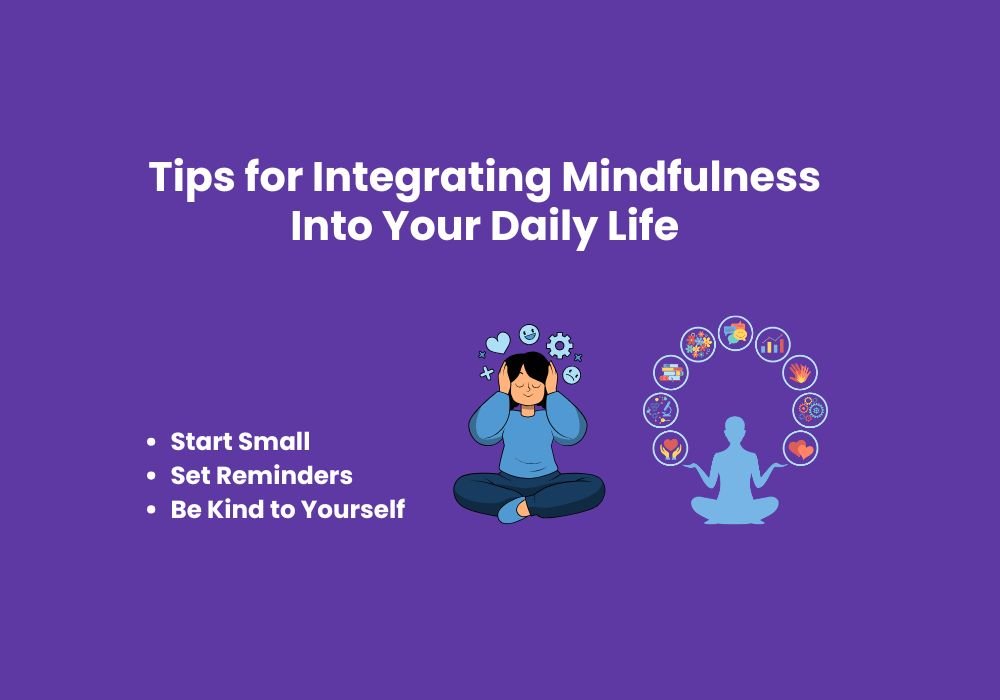
While mindfulness is often practiced through meditation, it can also be integrated into everyday activities. Here are some tips for bringing mindfulness into your daily routine:
- Start Small: If you’re new to mindfulness, start with just five minutes of practice each day. Gradually increase the time as you become more comfortable.
- Set Reminders: Set reminders throughout the day to pause and check in with yourself. Take a few deep breaths, stretch, or take a moment to notice your surroundings.
- Be Kind to Yourself: Mindfulness is about being non-judgmental, so be patient with yourself. If your mind wanders, gently bring your focus back to the present moment without criticism.
Frequently asked questions
What is mindfulness?
Mindfulness is the practice of paying full attention to the present moment with awareness, without judgment or attachment. It helps reduce stress and improve focus.
What are some simple mindfulness techniques?
Standard techniques include mindful breathing, body scans, meditation, mindful walking, and eating with awareness.
How long should I practice mindfulness each day?
Even 5–10 minutes a day can make a difference. With regular practice, you can gradually increase the time to achieve better results.
Can mindfulness help with anxiety and stress?
Yes, mindfulness is proven to reduce anxiety, lower stress levels, and promote emotional regulation by calming the nervous system.
Do I need special training to start mindfulness?
No special training is required. You can start with guided meditations, apps, or simple breathing exercises at any time and from anywhere.
Conclusion
The healing power of mindfulness techniques is truly transformative. By incorporating these practices into your daily life, you can reduce stress, enhance your mental well-being, and cultivate a more profound sense of self-awareness. Remember, mindfulness is not a destination but a journey. With time and patience, you can unlock the power of mindfulness to heal and transform your life.
If you’re interested in learning more about mindfulness or would like guidance in incorporating these techniques into your life, consider booking a session with a qualified therapist. At The Healing Journey, we’re here to help you explore the benefits of mindfulness and support you on your path to well-being.

2 Responses